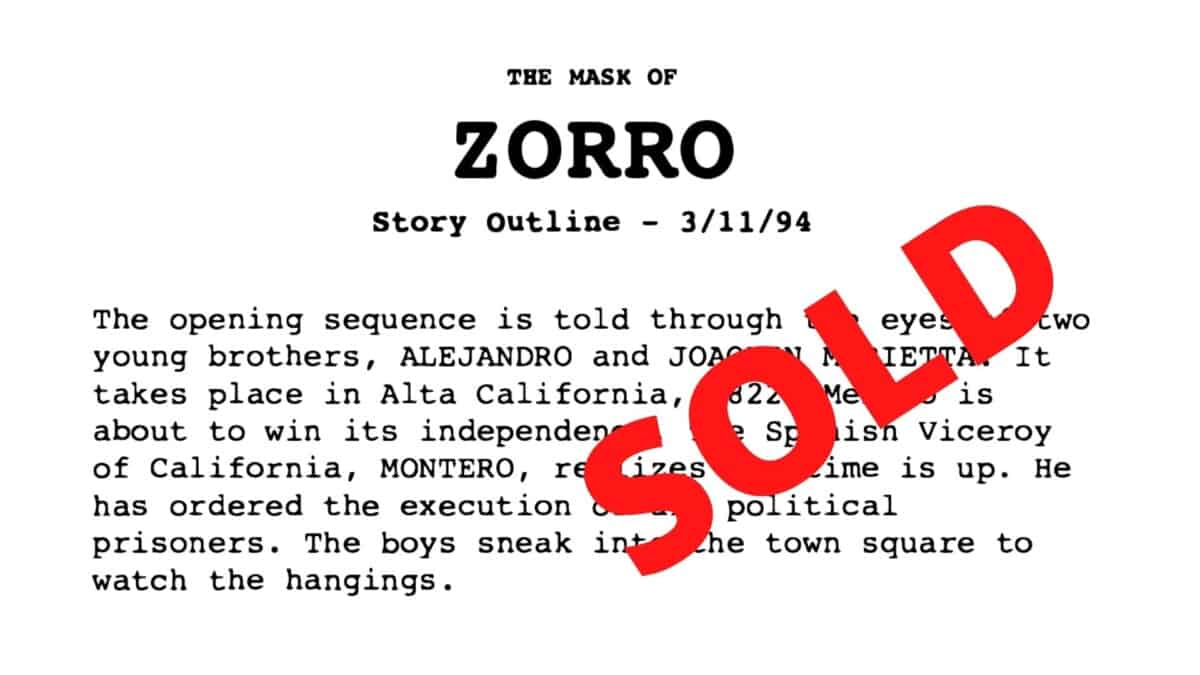Were you aware that, besides the writing of your film or television script itself, you need to write a synopsis and treatment as well?
If this is the first you’ve heard of such a thing, you might be seeking more information. For instance, what’s the difference between a script synopsis and treatment?
I’ll even suggest which characters should be included in your script synopsis vs. treatment.
You’re definitely not going to want to miss it!
Okay, so before I jump into the differences between your script synopsis and treatment, I want you to be clear on the meanings of both. So let’s start with a script synopsis.
Three Tips when writing
When writing your synopsis, use a voice and tone that’s as similar to your script as possible. That often means sticking to the third person and present tense.
Oh, and although you usually wouldn’t want to spoil the ending of your film or TV show to a viewer, your synopsis does have to wrap up your plotline.
Example of one is below.
Your treatment usually comes before the script is done.
In the treatment, you outline your entire script, but in story format. Like with your synopsis, you want to write in the present tense, including when describing your characters and the story itself.
Then, when you’re done with the treatment, you can see which characters are weak, which plotlines need reworking, and other elements you need to change.
Upon finessing your treatment, you can shop it around to agents, managers, and producers to potentially sell your project. You can learn how to do that here.
What Are the Differences Between a Script Synopsis and Treatment?
Okay, so now that I’ve laid out what a script synopsis and treatment are, I want to dive into the differences between these two pieces of writing.
After all, those differences are quite important, as knowing them will help you write stronger synopses and treatments.
1.) Treatments Are Longer Than Synopses
A logline is your shortest piece of writing related to your script, and the treatment is potentially the longest.
The synopsis is somewhere in between, as it’s longer than the sentence or two afforded to you by a logline, but it’s not 40 or 80 pages like a treatment.
For the most part though, it’s more common for your treatment to far out-lengthen your synopsis.
2.) You Can Go into a Lot More Detail with Your Treatment
The reason for that is due to the level of detail you get to use in a treatment. You can explore your story concept to the fullest, whereas with a synopsis, you get a few paragraphs, maybe a whole page, that can be dedicated to your concept.
3.) The Treatment Comes Before the Script Is Done, the Synopsis After
The third big difference between a script synopsis and treatment is when you write them. Usually, you start with a treatment. As I said before, you might craft the treatment before your script is even done.
Now its time to hear from you:
Did you understand all the differences?
What did I miss?
Which one are you writing now?
Whatever your answer is lets see it in the comments below.
Happy Writing.

